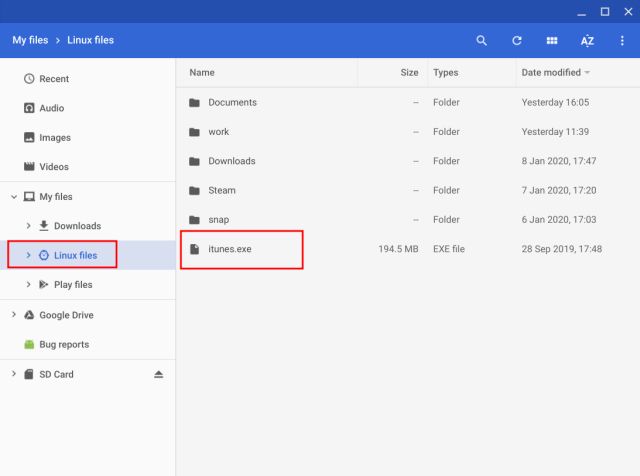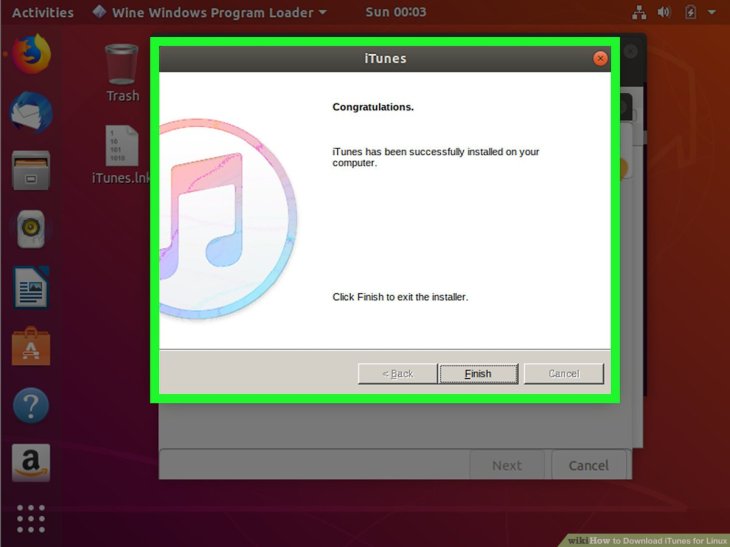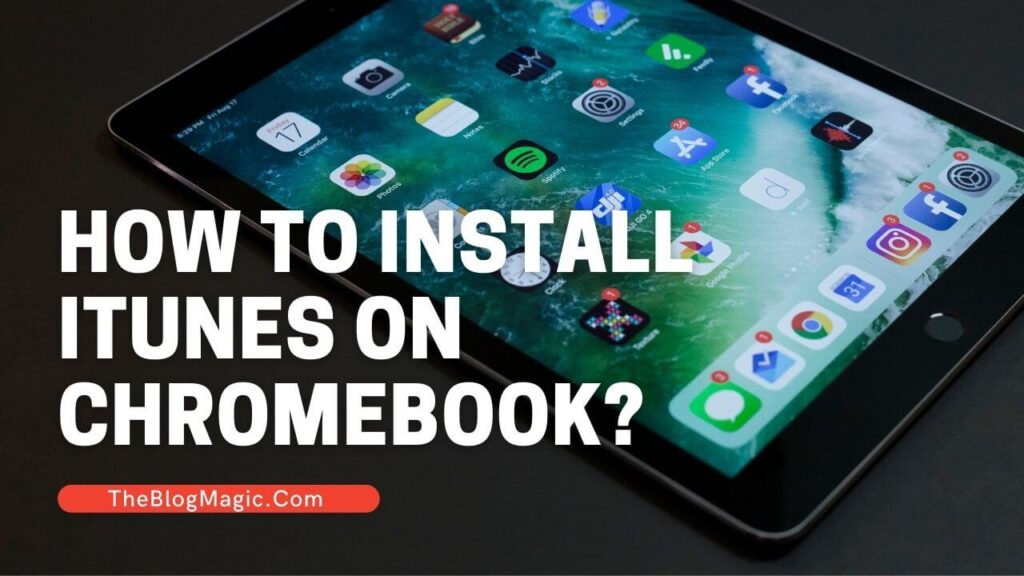

Click “Developers” and select the “turn on” button to install the Linux environment. Click the gear icon and in the settings menu, click advanced. To do so, simply head to the Chrome OS settings menu in the system tray. First, you’ll need to ensure that your Chromebook supports Linux apps. Obviously, Apple has its own iTunes apps for iOS and macOS but the company also offers a Windows version of iTunes and that’s the path we’ll take to get the application on our Chromebook. Well, where there’s a will, there’s a way and that way is via the Linux container on Chrome OS.

Wouldn’t it be nice if you could do so on your Chromebook? However, there are many that have an extensive iTunes library and still others use the storefront on a regular basis for purchases and media consumption. Many users have made the move to Apple Music and are content using the Play Store version or simply navigating to Apple Music on the web.

Unfortunately, Apple has yet to – and likely never will – release an Android version of iTunes. You got a Chromebook but you are also an Apple user and you want to access your iTunes library on your shiny, new Chrome OS devices. If you have further recommendations to improve this guide, you can also leave them in the comments.Ah, the age-old question. If we find a better iTunes build for Chromebook, we’ll update the guide for you. If you face any trouble in the process, leave a comment below.

iTunes might not work as expected, but you should give it a chance, and things might run well for you. Once you install Wine, you can access a wide range of Windows apps on a Chromebook. We know this process isn’t simple, but you can try it. That’s how you can install iTunes on a Chromebook. We’ll post a dedicated article regarding iTunes alternatives for Chromebooks. In the end, the result is iTunes on Chromebook isn’t as good as it sounds. You might also face crashes while logging in to your Apple account on iTunes.


 0 kommentar(er)
0 kommentar(er)
